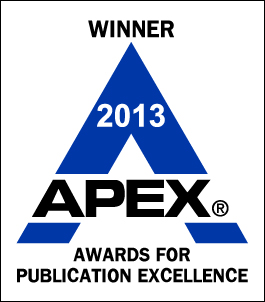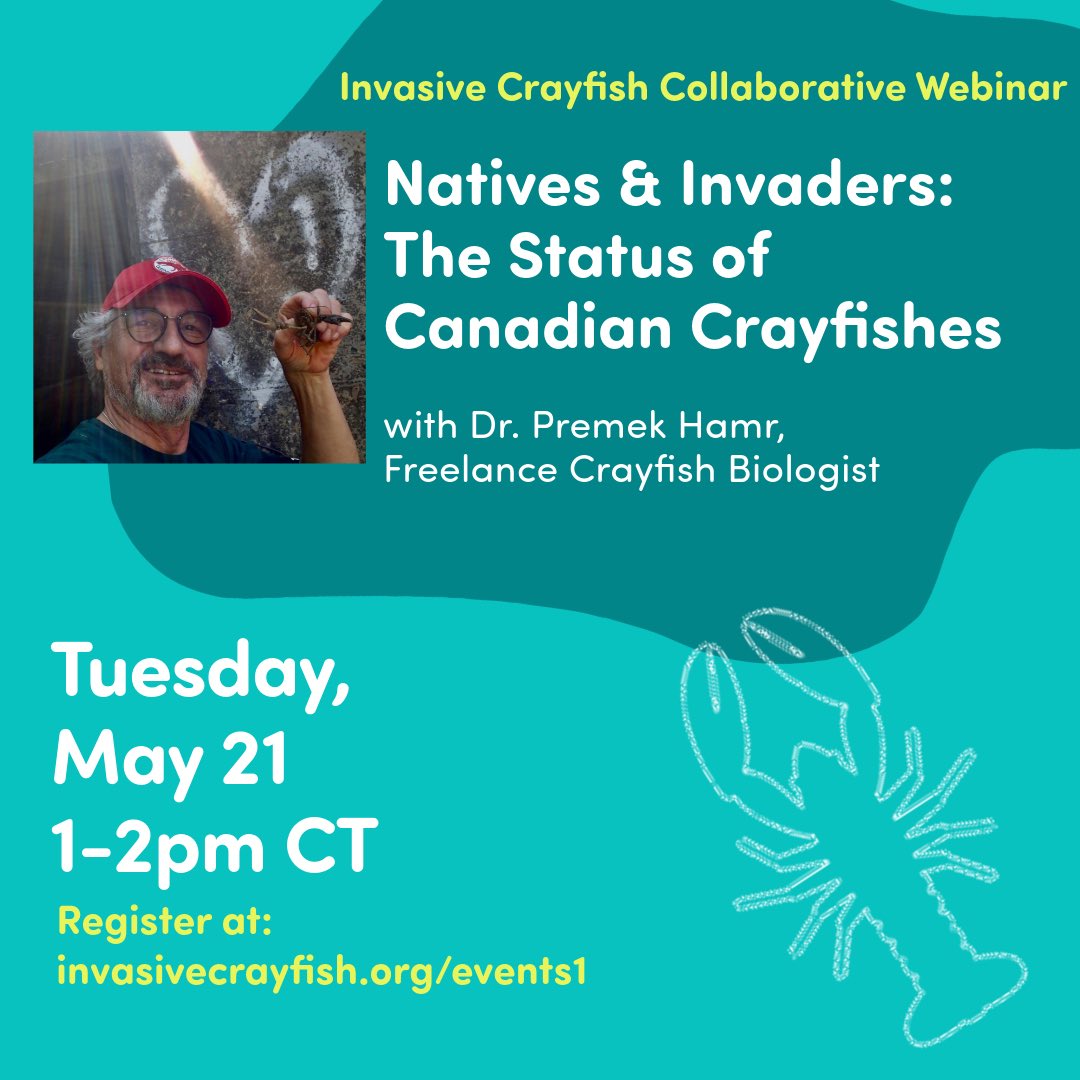IISG’s Laura Kammin was recognized for the creation of our proper medicine disposal website UnwantedMeds.org. Working with Jane Scherer at the University of Illinois’ Extension program, Laura created the website and blog, providing valuable information about the dangers that improper medicine disposal can pose to the environment, steps that people can take to prevent medicines from getting into the wrong hands or contaminating the environment, and information about local take-back events and collection programs.
Category:
2013 APEX Awards recognize two Sea Grant projects for publication excellence
August 28th, 2013 by Irene MilesGet an insider’s view of emerging contaminants with UpClose
August 5th, 2013 by Irene MilesIISG shares proper disposal message at 2013 AVMA Convention
July 30th, 2013 by Irene MilesLast week the Windy City hosted thousands of veterinarians attending the 2013 American Veterinary Medical Association (AVMA) Convention. Illinois-Indiana Sea Grant was also in attendance to share information about the importance of properly disposing of unused medicines, both in the clinic and at home.
We’re proud of our successes in protecting Lake Michigan
July 29th, 2013 by Irene MilesResearch shows that pharmaceuticals impact water quality—the water we drink, bathe in, and use for recreation. Using the toilet or trash to dispose of medicine can put people, animals, and the environment at risk. To address this issue, in 2012 Illinois-Indiana Sea Grant partnered with law enforcement agencies and community groups to start 17 permanent medicine collection programs. IISG also assisted with single day collection events in six communities and helped promote the fall DEA collection program in 11 communities. IISG helped organize and promote these programs, wrote press releases, provided brochures, and purchased locked medicine collection boxes. As a result of these efforts, over 12,000 pounds of pills were properly disposed of through 17 permanent collection programs and six single-day events. The medicine was destroyed using high-heat incineration, reducing the potential for diversion or accidental poisonings and keeping the chemicals from polluting local water.
In light of climate change predictions that indicate bigger storms and more flooding, managing urban stormwater will become increasingly critical in northeastern Illinois and throughout the state. But planning and implementing effective, forward-looking infrastructure can help protect communities and allow them to adapt to changing weather conditions. Illinois-Indiana Sea Grant was funded by Illinois EPA to study the standards and costs of green infrastructure as a possible replacement or supplement to conventional urban stormwater infrastructure. The study found that, on average, green infrastructure practices are just as effective as conventional stormwater infrastructure, and are less expensive. In 2012, the Illinois General Assembly established a $5 million discretionary fund to support green infrastructure projects in communities around the state, a strong start to helping these areas plan and prepare for potential weather extremes.
In the news: Personal care products accounting for Great Lakes plastic pollution
June 26th, 2013 by Irene MilesRecent research has shown that pharmaceuticals and personal care products can cause significant problems for waterways, affecting not only water quality but also negatively impacting the processes that plants and animals need to survive and thrive.
One way that those products are causing pollution in the Great Lakes may not just be due to the chemicals they are made from, though.
From Scientific American:
“Rather, small plastic beads, known as micro plastic, are the offenders, according to survey results to be published this summer in Marine Pollution Bulletin. ‘The highest counts were in the micro plastic category, less than a millimeter in diameter,’ explained chemist Sherri ‘Sam’ Mason of the State University of New York at Fredonia, who led the Great Lakes plastic pollution survey last July. ‘Under the scanning electron microscope, many of the particles we found were perfectly spherical plastic balls.’
Cosmetics manufacturers use these micro beads, or micro exfoliates, as abrasives in facial and body scrubs. They are too tiny for water treatment plants to filter, so they wash down the drain and into the Great Lakes. The biggest worry: fish such as yellow perch or turtles and seagulls think of them as dinner. If fish or birds eat the inert beads, the material can deprive them of nutrients from real food or get lodged in their stomachs or intestines, blocking digestive systems.”
IISG specialists among the presenters scheduled for next week’s IAGLR 2013 conference
May 30th, 2013 by Irene Miles IISG staffers will join hundreds of scientists, environmentalists, and government representatives June 2-6 at the Conference on Great Lakes Research. Spread across each day of the conference, their presentations will cover vital work on Sea Grant education initiatives, new tools that help officials protect aquatic ecosystems in the Great Lakes region, and more.
IISG staffers will join hundreds of scientists, environmentalists, and government representatives June 2-6 at the Conference on Great Lakes Research. Spread across each day of the conference, their presentations will cover vital work on Sea Grant education initiatives, new tools that help officials protect aquatic ecosystems in the Great Lakes region, and more.IISG offers assistance and info at successful DEA national take-back event
May 2nd, 2013 by Irene Miles Illinois and Indiana residents took full advantage of the latest national prescription drug take back event this past Saturday, bringing unwanted pharmaceuticals and over-the-counter medicines to locations set up for the one-day event. IISG staffers were again involved, promoting it through local radio and TV interviews and talking to visitors at Walgreens stores in Champaign and Urbana about the risks pharmaceuticals pose to aquatic environments. They also provided information about how to safely dispose of medicine between these national take-back opportunities.
Illinois and Indiana residents took full advantage of the latest national prescription drug take back event this past Saturday, bringing unwanted pharmaceuticals and over-the-counter medicines to locations set up for the one-day event. IISG staffers were again involved, promoting it through local radio and TV interviews and talking to visitors at Walgreens stores in Champaign and Urbana about the risks pharmaceuticals pose to aquatic environments. They also provided information about how to safely dispose of medicine between these national take-back opportunities.  By the end of the 4-hour event, officials in Champaign and Urbana had collected 12 large boxes of unused medicine. These and other boxes collected throughout the country will be properly incinerated by the Drug Enforcement Administration (DEA). A final tally for how many pounds of pharmaceuticals were collected during the sixth National Take-Back Day will be announced by the DEA in the coming weeks. At last September’s event, Illinois residents brought in over 21,000 pounds of unwanted medicine for proper disposal, followed closely by Indiana’s 18,560 pounds. More than 2 million pounds of medicine have been disposed of nation-wide since the take-back days began in 2010.
By the end of the 4-hour event, officials in Champaign and Urbana had collected 12 large boxes of unused medicine. These and other boxes collected throughout the country will be properly incinerated by the Drug Enforcement Administration (DEA). A final tally for how many pounds of pharmaceuticals were collected during the sixth National Take-Back Day will be announced by the DEA in the coming weeks. At last September’s event, Illinois residents brought in over 21,000 pounds of unwanted medicine for proper disposal, followed closely by Indiana’s 18,560 pounds. More than 2 million pounds of medicine have been disposed of nation-wide since the take-back days began in 2010. *The provided this post.provided this post.
IISG staff share proper pharmaceutical disposal info at U of I health fair
April 23rd, 2013 by Irene Miles IISG science writer Anjanette Riley was in attendance at the University of Illinois’ Student Health Fair April 17 and sent in this post about the event.
IISG science writer Anjanette Riley was in attendance at the University of Illinois’ Student Health Fair April 17 and sent in this post about the event.
At a booth in the heart of the Student Health Fair held yesterday at the University of Illinois Urbana-Champaign, one important question could be heard throughout the day: If I shouldn’t flush them down the toilet, what am I supposed to do with my unused medications?
 “People get the “Don’t Flush” message,” said Kammin. “But it isn’t common knowledge yet that putting our unwanted meds in the trash just delays their trip to local water supplies. These students really got that message.”
“People get the “Don’t Flush” message,” said Kammin. “But it isn’t common knowledge yet that putting our unwanted meds in the trash just delays their trip to local water supplies. These students really got that message.”In the news: Study confirms persistent pharmaceutical pollution in nation’s rivers
April 9th, 2013 by Irene MilesStudies continue to show the presence and persistence of pharmaceuticals and other personal care products in waterways throughout the country. And improperly disposed-of medicines have been shown to have numerous detrimental effects on plants, animals, and environmental processes.
A forthcoming paper in Ecological Applications confirms the presence of pharmaceuticals in rivers throughout the U.S.
From Nature World News:
“As it turns out, the antihistamine diphenhydramine – used in treating allergic symptoms as well as motion sickness, insomnia and a cold – decreased a biofilm’s photosynthesis by 99 percent in addition to drops in respiration. And it didn’t stop there. The chemical compound actually caused a change in present bacterial species, including a reduction of a group that digests compounds produced by plants and algae.
Nor was it the only one tested to render similar results; in fact, all the pharmaceuticals involved in the study had a measurable and negative impact on biofilm respiration.”
Read the complete article at the link above, and find more information about the study at our UnwantedMeds.org site.
Recent News
- Illinois Conservation Police Officers dive into AIS workshop during spring meeting
- Aquatic Invasive Species Specialist Greg Hitzroth wins ILMA Lake Guardian Award
- Cooperative Lake Michigan research effort focused on critical management issues and knowledge gaps
- IISG announces intern opportunites with Shedd Aquarium, National Park Service, and Chicago Wilderness
- IISG finds new approaches to help communities and others make informed decisions
IISG Tweets
Categories
- Aquaculture
- Aquatic Invasive Species
- Buoys
- Climate Ready Communities
- Director's Blog
- Education
- Featured
- Fellowships
- Fisheries
- Funded Research
- Funding
- Great Lakes Cleanup
- Great Lakes Data
- Healthy Waters
- Internships
- Jobs
- K-12 Education
- News
- Photos
- Program
- Recreation & Tourism
- Resources
- Sea Grant Scholars
- Stormwater & Green Infrastructure
- Sustainable Community Planning
- The Helm
- Uncategorized
- Video
- Water Supply



